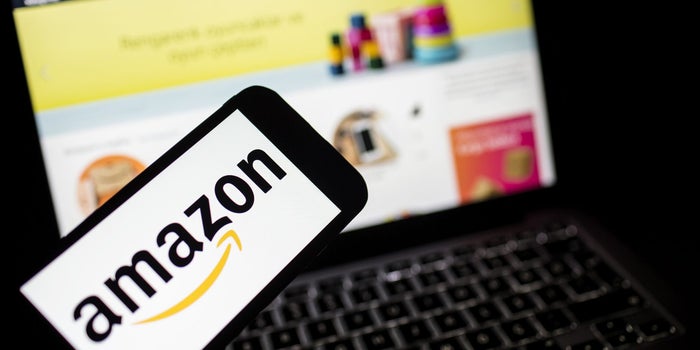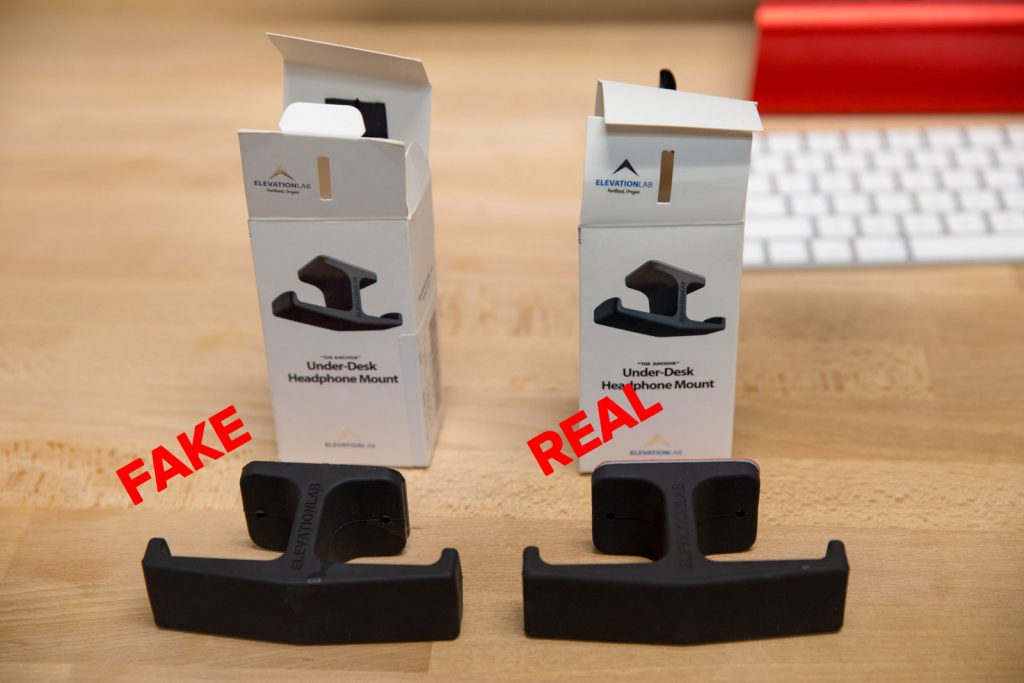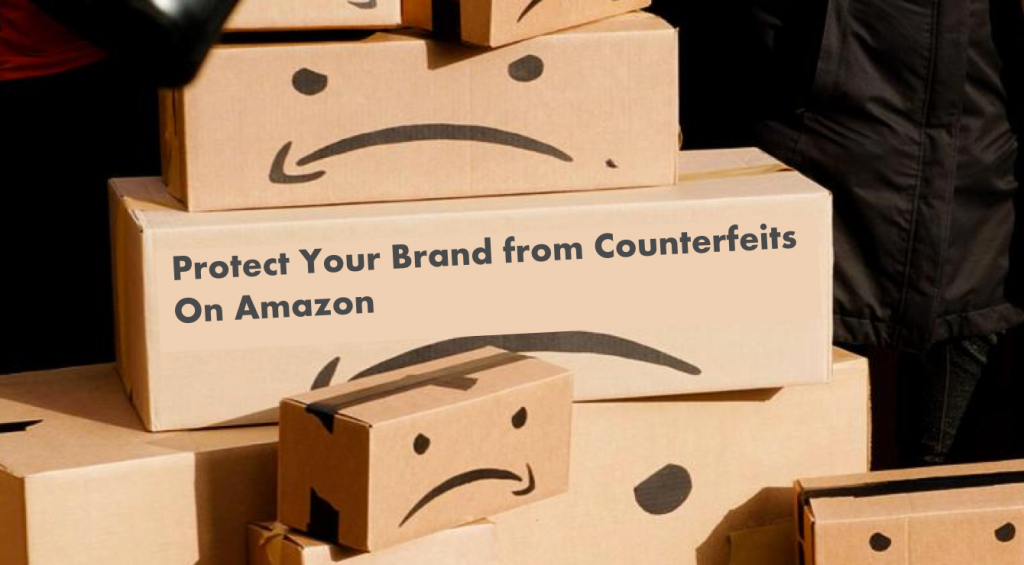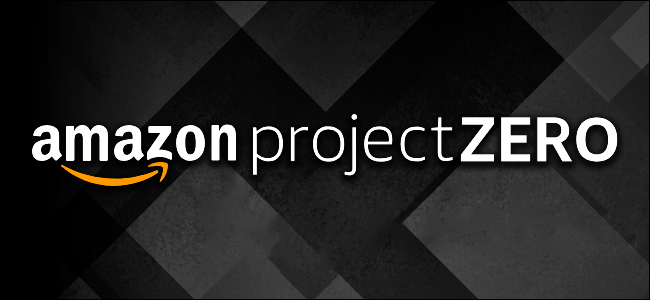Amazon counterfeit listings are like a frightening specter for those who choose to sell their products through one of the world’s biggest marketplaces. As it gets bigger, Amazon not only promises the convenience of shopping for consumers from all over the world. However, adverse effects can not be avoided because counterfeit products’ emergence is widely detrimental to sellers and buyers.
Amazon is one of the largest direct-to-consumer markets on the planet. It was one of the marketplaces whose existence is welcomed by many people. Numerous products are being sold by Amazon, ranging from electronic products, cosmetics, garments, food, household goods, children’s toys, even to software that has been sold by Amazon for nearly two decades of their existence.
At first, Amazon became one of the credible e-commerce with positive feedback both from sellers and customers. However, in recent years, Amazon has received strong criticism from many parties for allowing counterfeit sellers to emerge.
It was reported since May 2016, several legal counterparts from sellers trading on Amazon, claiming to have found more than fifty thousand counterfeit products. From the investigations they have done, those advocacy groups claim it was just part of the iceberg visible from this giant e-commerce.
There have been strong criticisms over the loosening of the rules made by Amazon, regarding the large number of counterfeit goods that circulated in this marketplace. Unfortunately, Amazon counterfeit listings are getting worse, along with the easier purchase and sale transactions made by many people from all over the world. Coupled with its relatively wide-open policies towards third-party sellers, some with less than notable intentions will inevitably slip through the regulatory loopholes created by Amazon.
What is meant by counterfeit products?
Counterfeit goods contain a trademark or logo that is equal to or substantially indistinguishable from the original brand. They mimic the product’s brand features in an attempt to masquerade as a genuine product of the brand owner.
Cheap counterfeit goods prices pushed some people to prefer to buy the imitation than the original. Even so, buying counterfeit goods is not only done by the lower class people who have low purchasing power; those who are categorized as well-to-do people often do it too.
Tips for recognizing counterfeit product
Seeing a large potential market, producers are trying to make similar items that can be sold cheaper to capture a broader market. Finally, there are counterfeit goods that are making Amazon counterfeit listings getting worse.
But to distinguish authentic and fake designer goods sometimes is not easy. Especially if the counterfeiter is skilled enough at cloning the product. Here are some tips to distinguish the authentic and fake product that you might encounter in Amazon:
1. Counterfeit goods are usually sold at too low a price
A lower price for a reputable product could indicate that the goods you buy at Amazon are counterfeit. Don’t be fooled by branded items that offer cheap prices and big discounts, because they are likely to be counterfeits
2. Low-quality packaging
Counterfeit goods will usually be sent to you in bad packaging and do not meet good shipping standards. Pay attention to the packaging of the goods you buy. If the packaging is careless with fragile cardboard or boxes, faded brands, or inappropriate product descriptions, you likely have bought counterfeit goods.
3. The place where the items is being also sold should be your concern.
Without being racist or demeaning, there are several countries whose people are known as the seller of counterfeit goods on Amazon. Complaints about the large number of third parties selling counterfeit goods on Amazon have been delivered. That’s why you need to be more careful when buying products from this kind of place.
4. Be careful when making online purchases
You need to read the product description carefully, just in case you find an unfit product description. Take time to read reviews from buyers before deciding for online shopping.
5. Official store can be a reference
Offline methods need to be done too before deciding a product from any marketplace. You can go to the nearest official store in your town as a reference for the goods you will buy.
Why counterfeit products are disastrous to both sellers and buyers?
Ever wonder why so many people bother so much about Amazon counterfeit listings? Well, this act is not only against the law but also detrimental to many people, including sellers and buyers.
As for seller and producers, there are some reason why counterfeit product very detrimental to them:
1. Counterfeit goods are generally sold at poor quality. This will injure the image of the producer because consumers think that all their products are of inadequate quality
2. Sellers will also suffer losses because consumers will choose to buy counterfeit goods offer much cheaper rates
3. Companies are often required to pay compensation of consumers who do not know that the product they bought was a fake
4. Companies have to spend a lot of money and effort to prevent the circulation of goods that mimic their products. Not infrequently, they have to spend a lot of money and resources to combat counterfeit goods.
As for buyers, they will usually complain about the quality of goods that do not meet the standards and are easily damaged. What is frightening is that buyers can buy counterfeit goods made from hazardous materials that could threaten their life.
Amazon has faced backlash because this counterfeit goods issue
The policy, which is considered loose and easy to find loopholes, has made Amazon criticize many people for stabilizing counterfeit goods in their marketplace. People have mentioned Amazon counterfeit listings to open Amazon’s eyes to the growing number of third parties selling these counterfeits.
Amazon has been combing its site and chasing down counterfeit sellers in recent times. They have filed a lawsuit against these counterfeit goods sellers after receiving sharp criticism from its competitor, Alibaba. However, fake sellers usually come back with a different name one week later.
This has disappointed many companies selling authentic products and has cut ties with Amazon. Besides that, many well-known big brands like Disney and Nike refused to sell their products on Amazon. Not only that, some branded goods producers only have a low listing in Amazon to minimize the counterfeiting of their products.
Amazon Project Zero to fight against the circulation of counterfeit goods
Amazon has been aware of the problem of counterfeit sellers and attempts to resolve the issue. They once sued those who sold counterfeit goods to provide a deterrent effect on others. Amazon has invested years in developing counterfeit detection technology to protect their seller and buyer for counterfeit products.
That is why on February 29th, 2019, they launched Amazon Project Zero that can protect not only intellectual property rights but also detect counterfeit products in their site. They provide three tools in this Project Zero, those are:
1. Automatic protections which will automatically scan and remove the counterfeit product from the listing
2. A removal tool for counterfeit products that can be done by yourself. Each brand is given its power to remove counterfeit goods that mimic their product.
3. Unique serial number for every authentic product. It allows each seller to apply unique codes and combinations to protect the authenticity of their products. Amazon will scan its number to verify whether the product which has been purchased by the consumer is counterfeit or not.
How to enroll it?
Amazon ensures their project is free and does not charge any fee. Those who enrolled in this project were given many privileges by Amazon to protect their original products. But special services like serialization number, seller, or brand need to pay $50 when they managed to sell 1000 units of their product.
If you want to enroll in this project, make sure that your product is listed in Brand Registry, which Amazon launched some time ago. You also need a legal document that proves the originality of your product.
Apart from Project Zero, here’s what you can do to reduce the spread of counterfeit goods on Amazon
Project Zero isn’t the only way you can reduce the spread of counterfeit goods on Amazon. There are several other things you can do, such as:
1. Use infringement form in Amazon
You can use the infringement complaint tools on Amazon to report counterfeit items that you know. You can use the customer complaint feature on Amazon to report counterfeit items that you know. If you have solid evidence, you can also ask Amazon to remove counterfeit goods that imitate your product. As stated by Marketing Manager at TheraSpecs Gregory Bullock, who claims that his party uses an infringement form to fight shady sellers who use their trademarks.
2. Confront those malicious sellers directly
ECommerce and Amazon Specialist at FountainheadME, Laura Douglas, has a solution for those who feel aggrieved by trademark counterfeiting, but unfortunately did not have a Brand Registry. She advises you to have a confrontation with those shady sellers. As the legal owner of the brand, tell them that you have evidence of a fraudulent crime they have committed and will report them to Amazon. After that, you must immediately file a complaint and report via Seller Support and ask Amazon to block the counterfeit goods’ seller. Laura also said that you could buy those counterfeit goods, then take photos as evidence, and send them to Amazon so they can take firm action against sellers who counterfeit your trademark.
This is how industry react to Amazon’s Zero Project
Some industry players feel that Amazon’s Project Zero is too late, given the proliferation of counterfeit goods in this eCommerce site. Even so, many are also enthusiastic and want to try Amazon’s Project Zero tools. They believe that Amazon is serious about tackling counterfeit goods’ proliferation and will protect these intellectual property owners.
On the other hand, many are also worried about the emergence of unfair competition because not all sellers can access Project Zero. They are worried that someone will misuse this feature and make false accusations to get rid of their competitors. Even so, Amazon assures that this possibility will be minimal, and they will be careful about reporting on forgery through this Project Zero
Are you interested in trying this project?
It never hurts to try new things. Even though it has just been launched, there is nothing wrong for you to try this tool to protect your product from being counterfeited by other people. At least you will have protection from Amazon if someday your product turned out to be counterfeited by another seller.
Given that counterfeiting is such a big problem at Amazon, Project Zero, at least offering protection to maintain the originality of your trademark.
Amazon is still unrivaled giant e-commerce until now. However, as the online retailer business grows, it will be increasingly difficult to detect every product sold on their service, estimated to reach hundreds of millions of products. But at least they answered harsh criticism about Amazon counterfeit listings, with Zero Project that they have introduced to their customers.




 Start using ZapInventory today
Start using ZapInventory today
